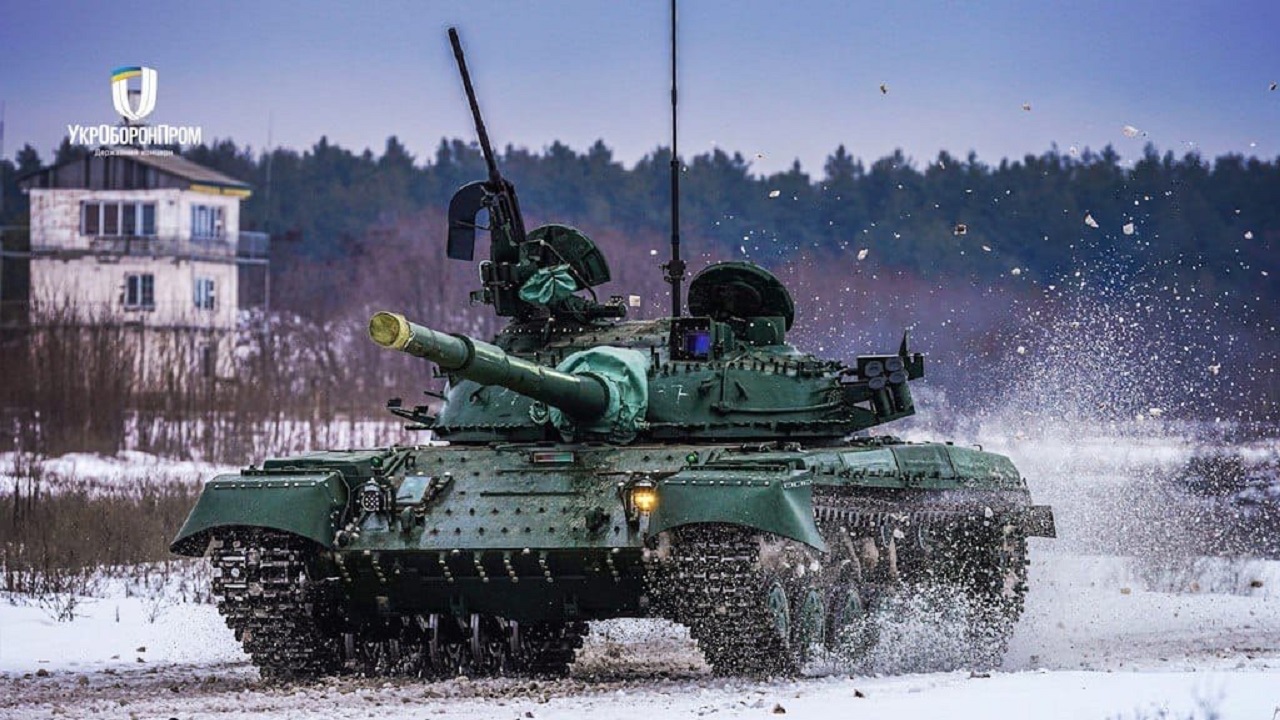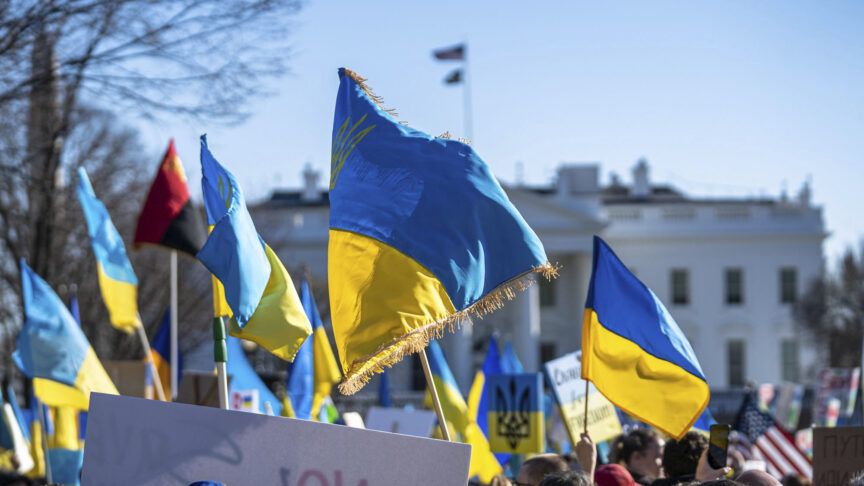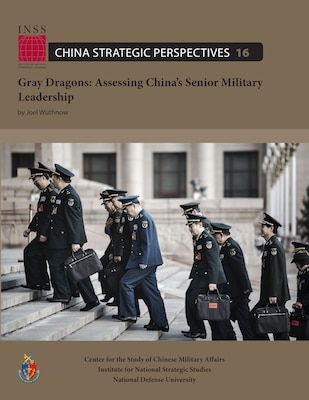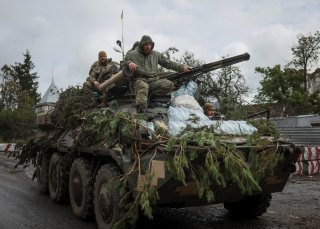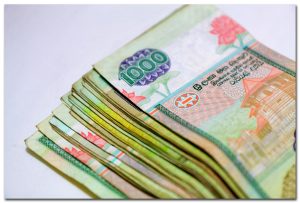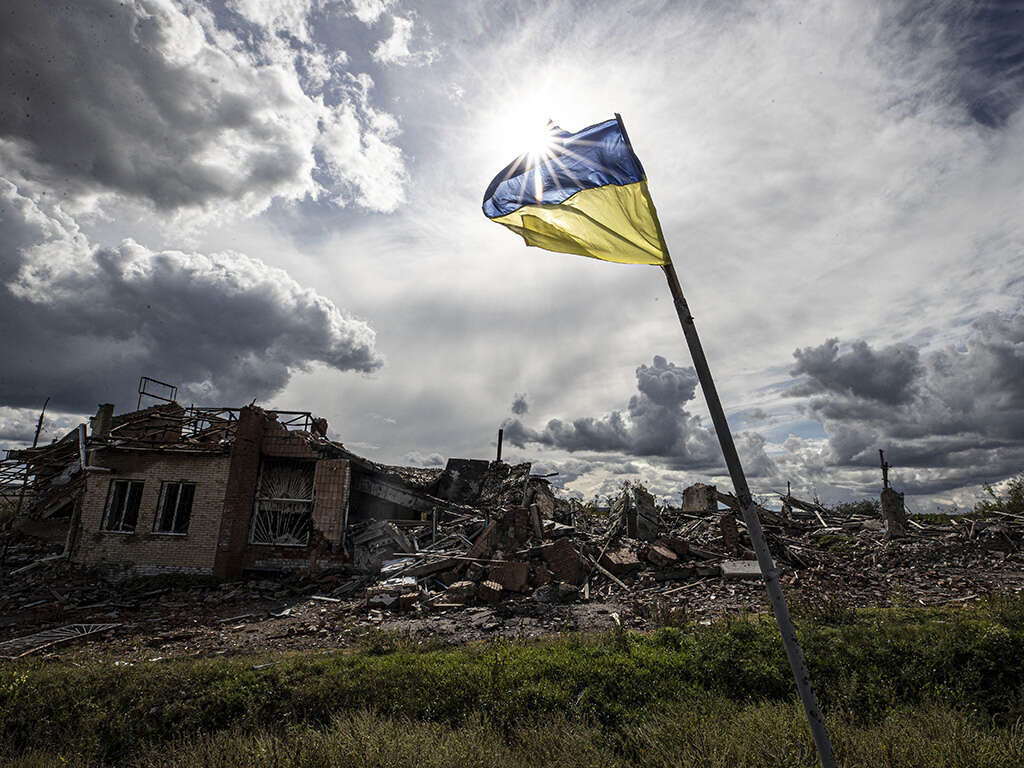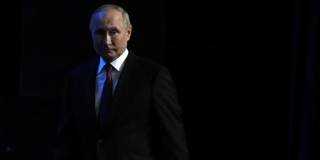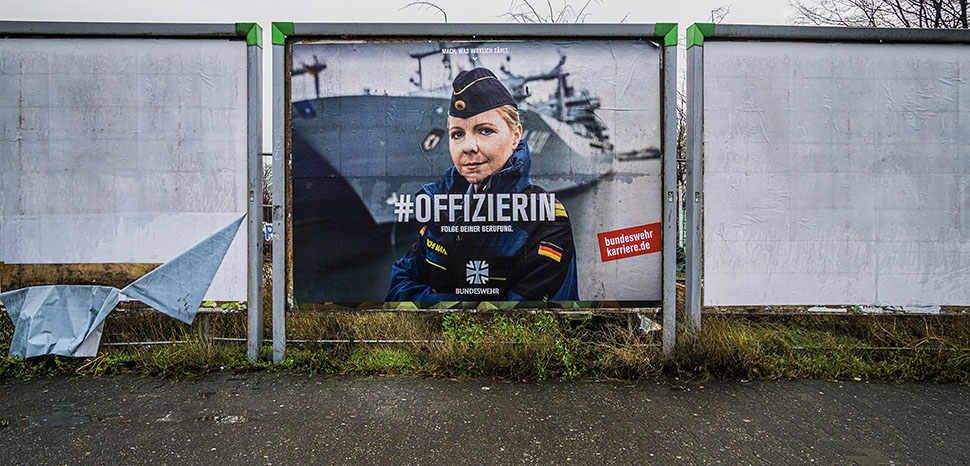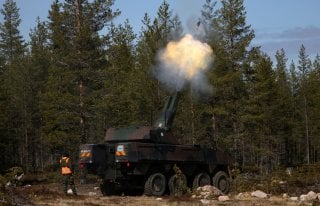ERIK SWABB
It is fair to ask how long the United States should provide large-scale military support to Ukraine. Since Russia’s invasion in February, Washington has committed more than $16.8 billion in security assistance. The Biden administration has pledged to support Ukraine “for as long as it takes” and is taking steps to provide longer-term assistance.
U.S. taxpayers, however, are facing high inflation and the prospect of further economic contraction. The United States also has a poor record of recent military aid. Despite more than $80 billion of U.S. support over two decades, Afghanistan’s forces collapsed as the Taliban swept into Kabul last year. Should future U.S. assistance be measured in months, or at most a few years, especially if Ukraine is no longer in danger of being overrun by Russia?
The short answer is no. If the United States provides long-term assistance—likely for more than 10 years, not only could Ukraine secure its future against a revanchist Russia, Washington could gain a first-rate military partner. Because of its legitimate government, capable leaders, level of socio-economic development, highly motivated public, and combat experience, among other factors, Ukraine has a strong foundation on which to build. As a result, U.S. support could have an exponential impact on Ukrainian military capabilities. The United States would be a major beneficiary, allowing U.S. forces to focus on potential conflicts outside of Europe over the coming years.

